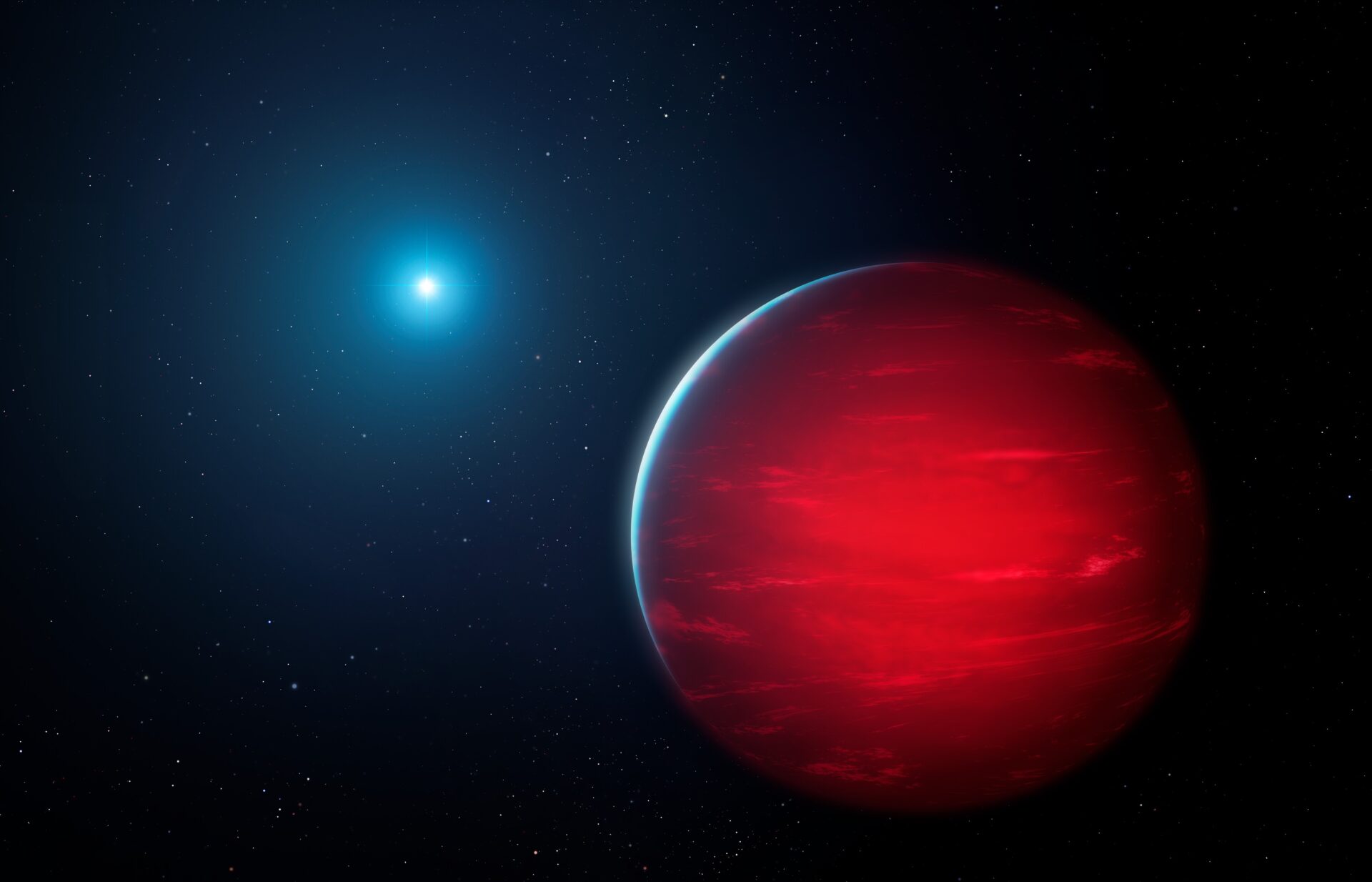Usually, high-profile discoveries about the Universe are made by astronomers. But there are cases when amateurs manage to notice something that has escaped the eyes of professionals. Recently, an amateur astronomer made an amazing scientific discovery. And not even one. Enthusiast Frank Kiwi used publicly available data to discover 34 new super-cold binary systems with brown dwarfs located near the Solar System. The discovery was made as part of the Backyard Worlds project, where groups of interested amateurs in their spare time analyze data collected by telescopes to find signs of previously undiscovered objects, for example, brown dwarfs.

“Backyard Worlds was attended by 150,000 volunteers, including several hundred experienced amateur astronomers who carried out their own ambitious research projects,” said astronomer Aaron Meisner from NOIRLab NSF, who is also a co-founder of Backyard Worlds.
A brown dwarf is an object that, according to its parameters, is located between a star and a planet. In fact, these are dead luminaries in which there is no nuclear fusion to produce heat, and they gradually cool down over billions of years. Prior to this discovery, little was known about binary systems with brown dwarfs, so the find significantly increased the catalog of objects that can now be studied.
“These discoveries were made by an amateur astronomer who personally carried out a titanic work on the analysis of astronomical data. Modern astronomical archives have a huge treasure trove of information and often contain potential discoveries that are just waiting to be noticed. Such work is worthy of respect,” commented Aaron Meisner.
This particular set of 34 brown dwarfs was discovered according to data from the NOIRLab Astro Data Archive. After Kiwi found signs of binary systems, the results were published in an article on Arxiv, written jointly with professional astronomers.
Earlier, NASA asked for help with the search for Martian clouds.
Follow us on Twitter to get the most interesting space news in time
https://twitter.com/ust_magazine
